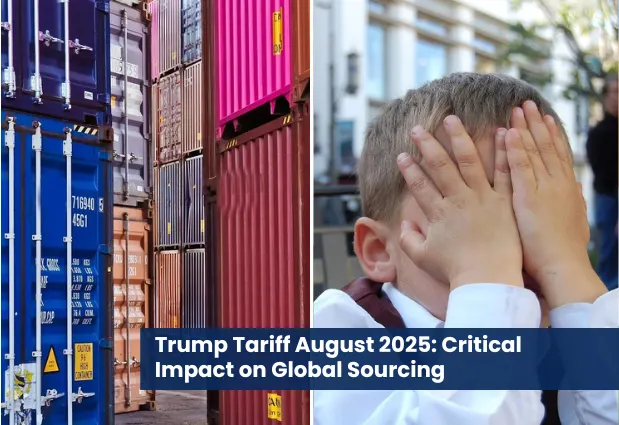New Technology, Old Trends
The move towards increased automation in manufacturing has always been controversial. On one side, capital improvements vastly improve productivity and factory output leading to saved costs for suppliers and stores. On the other side, developing and automating machines to replace human work creates fear and resentment, as it shuts out low skilled workers from their jobs, directly hampering individual livelihoods and economic outlooks.
This issue of automation in manufacturing has long been an irksome issue for Western economies, where the trend’s effect has contributed losses in an already shrinking work sector. This is no new story, and the labor forces in these economies seem to be forced to accept that this change is here to stay. While the role of manufacturing output in the West lessens, a more interesting story is taking place in China, where manufacturing exports continue to account for a large portion of the economy.
Growth Through Manufacturing
Manufacturing and exports consistently allow the country to achieve spectacular GDP growth every year. The strength and capability of this sector is undoubted, however even though many Chinese suppliers are highly sophisticated and expertly industrialized in their field, the level of manufacturing automation is not yet developed to the same level as suppliers in Europe or America. Factory equipment is still however showing improvement, and like it has in the West, more automation in the manufacturing sector can and will improve China’s ability to output an increasing number of products every year. Unlike the West however, these advancements work well with the Chinese economy, all while benefiting those who source from China.
Initial benefits are transparent when considering China’s move towards automated manufacturing. As Chinese suppliers automate their manufacturing processes, they of course will be able to process and make orders in a quicker fashion. Naturally, automated processes from machines are cheaper and more productive than a set of human hands. They are also less prone to make mistakes and can be operated in hours when tired workers need rest. Moreover, machines utilize less floor space and cannot strike or walk out of the factory in protest. With this, concerns over demand strains on Chinese factories will be less severe with these improvements in capital, which in turn will help guarantee that exports are on time and available at any time of the year. As they invest further in automation, Chinese suppliers will have stronger capabilities to deal with an increasing global demand for products.
Changing China for the Better
Most interesting is the tertiary effects that this change will have on China’s demographics. When considering the upcoming population shifts that may affect manufacturing, one can see that factory automation for the most part will help the Chinese economy. Worries around labor shortages can be put to rest, as more automated factories will need fewer workers to perform complex tasks that previously required a plethora of hands to complete. Likewise, the aging populations of the Chinese workforce will be able to retire without leaving factories short staffed.
Undoubtedly, there will be some workers put out of work due to Chinese advancements in automation. They will not however be unemployed for long, as analysts predict they will slowly be absorbed into the services sector of China as part of the natural maturity of the economy. Government figures showed that the service sector created 37 million jobs in the past five years, compared with 29 million in the industrial sector. Furthermore, the Chinese government will encourage further manufacturing automation to boost productivity and export numbers, while allowing the country to increase demands for services. This movement towards automation is crucial for the Chinese manufacturing and export sector, therefore vendors are already starting to shift their processes.
Leading the Pack
One such vendor is Foxconn, the prevailing supplier who is known for making Apple technology products such as the iPhone and iPad. They have shared information with the media about their mission towards increased automation in manufacturing, mentioning that nearly 10 percent of the staff at Foxconn’s Longhua campus in Shenzhen are engineers that work on the factory’s automation processes. When touring this factory, officials point out machines that have replaced where people used to work in order to prevent worker injuries. As makers of some of the best selling products in the world, the Taiwanese supplier sets a good role model for others to work towards.
Similarly, our supplier base is constantly striving towards increased productivity and capabilities by way of automation. As rural migrants are no longer an undepleteable pool of workers, our suppliers have been wise to invest in automating manufacturing processes in their factories. Our sourcing merchandisers and quality assurance managers have noted great advancements in these respects when visiting factories. ET2C is routinely impressed by their efforts to better their productivity and quality. We have also noticed that these factories are taking on more orders while product defects have dropped off substantially. With this, it seems manufacturing automation will be plus for both China and those who source in China. Contact ET2C today to start your value added sourcing strategy today.


